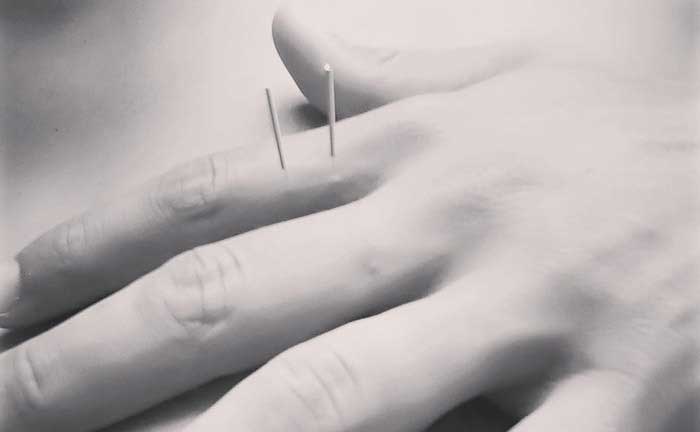Dating back hundreds of years, acupuncture is a traditional method used in ancient Chinese medicine. You probably have heard of it thanks to its efficacy to relive pains and maladies and its unorthodox method based inserting needles at certain areas of the body patient.
Although acupuncture has been widely used in China for hundreds of years, it has only become popular in the West during the last century fo to its therapeutic and preventive purposes. It is only used in the West, however, as a form of complementary or alternative medicine, rather than the main and only form to cure a patient, unless the malady is mild and easlity treatable with acupuncture. While you might find acupuncture treatments at clinics and hospitals, they are more widely used at spas and wellness centres.
Whether you get in one place or the other, acupuncture consists in stimulating sensory nerves under the skin and in the muscles of the body. This process causes the body to produce natural substances, namely pain-relieving endorphins. There's reason to believe that these naturally released substances are responsible for the beneficial effects experienced with acupuncture. To perceive longer-lasting pain relief effects of acupuncture, however, it is advisable to book more than one session.
Traditionally, it was widely believed that acupuncture works thanks to an energy, or "life force", which flows through the body in channels called meridians. This life force is known as Qi (pronounced "chee"). According to traditionalists, Qi not flowing freely through the body leads to illness. They also firmly believe that acupuncture is the answer to restore the flow of Qi and, therefore, health.
Uses of acupuncture
Acupuncture is used to treat a large range of maladies, from chronic tension-type heads, migraines, musculoskeletal conditions (of the bones and muscles) and pain conditions, such as chronic pain (namely neck pain, joint pain, dental pain, postoperative pain, among others).
How acupuncture works
Practitioners insert needles into specific places on the body (acupuncture points). The needles used are fine, a few centimetres long, pre-sterilised and should used only once.
Practitioners choose specific points to place the needle depending on your condition. You can expect up to 12 points to be used during a typical session. This number can vary depending on your symptoms. Once the needles are in position - reaching either under the skin or deeper in the muscle tissue - they may be left in place for a varying amount of time, ranging from a few minutes to half an hour.
When the needles are inserted, you may feel a tingling or a dull ache. This process shouldn't be too painful, so if it is, you'll be better off telling your practitioner.
Techniques
Although conventional acupuncture is more widely spread, there are several techniques in applying acupuncture:
Electro-Acupuncture
Sometimes your practitioner may rotate the needles or stimulate them with a mild electric current. This method is known as electro acupuncture. In this method, inserted needles are coupled to the electrodes of an electro-acupuncture apparatus, designed to deliver a difference range of amplitudes and frequencies of electrical impulses.
Low frequency electro acupuncture is designed to reduce pain by stimulating chemicals from the brain which will aid analgesia, relaxation and sleep. It is particularly helpful in cases of chronic pain.
Acupressure
It involves the practitioner applying pressure with over Acupuncture or trigger points in order to decrease muscle tightness and to stimulate Qi flow. The amount of pressure varies depending on the condition. It is most suitable for patients with a needle phobia, children and frail patients.
Laser Acupuncture
Laser stimulation is used with any acupuncture treatment and is particularly suited for nervous patients, children, sports injuries, sensitive areas and ears.
Moxabustion and Cupping
These techniques are employed to introduce warmth into the Acupuncture points, either at the end of the Acupuncture needle - which is Moxabustion - or to areas which require increased stimulation of QI flow like in the case of Cupping. These techniques have the effect of increasing the circulation, removing waste products, reducing muscle spasm and pain.
Moreover, these treatments may also be used as before the Physiotherapist stretches the damaged tissue or mobilising a joint. Conditions treated with these techniques include Osteo-Arthritis, which areas of poor QI flow or cold conditions.

